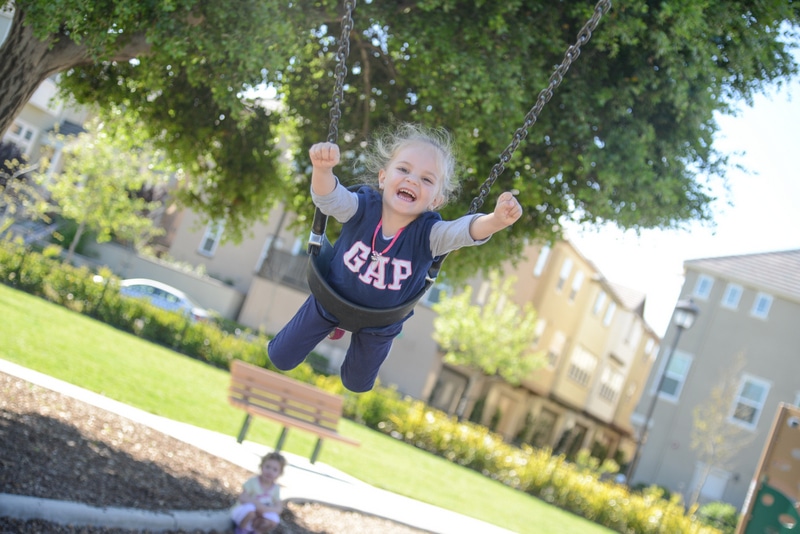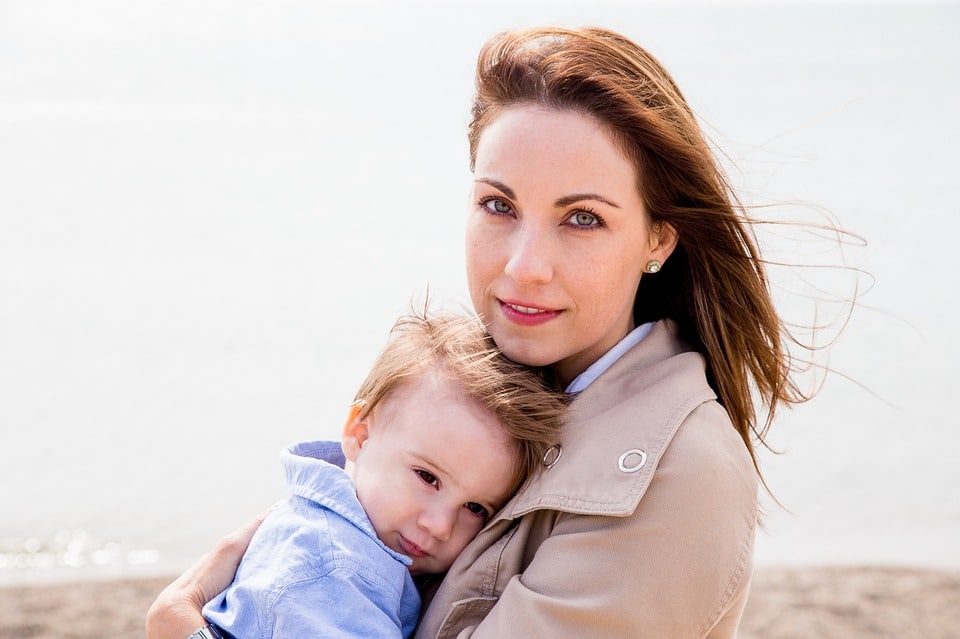As Shakespeare wrote, “Parting is Such Sweet Sorrow” – for any of us regardless of age.
Infant bonding and attachments begin the moment they enter this world and continue to grow over the days, weeks, and months of their initial life experience. Nursing mothers refer to it as a bonding ritual – and we are firm believers that natural or bottle feeding, diaper changing, bathing, and sleeping arrangements – can all affect how a baby copes with being alone and with others. Separation anxiety can start early on, depending on innate personality traits/temperaments, familial circumstances, exposure to different environments, and the levels or amounts of time of interaction with people (outside of their known inner circle to date). Physical contact is a key element. These experiences are a natural component of a young child’s early social emotional development, as referenced here.


Little ones cannot yet grasp the concept that a parent or guardian will return. It is a large part of a parent and care giver/teacher’s role to support the child in forming healthy attachments and trusting relationships. While we understand infancy is a needs-based relationship, we all still need to take steps now and follow through, aiming for some structure and regularity (allowing for a healthy dose of flexibility of course) in all of our lives. From a young age, start a routine of saying goodbye to your little one whenever you leave (even a room or the home). With a kiss and a wave is ideal for longer stretches of time. A drawn out emotional goodbye is not going to help your child’s anxiety or benefit their reaction tendencies to these inevitable separations.
Each time you are parting ways with your child (for a reasonable period of time), make eye contact and tell your child you will be back. It is important for children to hear and eventually register that parents always return. As tempting as it might be, DO NOT SNEAK OUT or try to leave when your child is engaged in an activity or distracted. You’re building trust with your little one and want them to feel comfortable with your comings and goings.
We incorporate best practices and build each child’s Individual Needs and Service Plan and Assessment Portfolio, based on identified developmental goals at each early stage.
Adapting to this process as a part of daily life is often times harder on the parent than the kids. Young ones are prone to draw largely from their parent’s perception, interpretation, and reaction to new settings and people themselves. These factors influence your child’s response and approach to such occasions. Each child and family is different. Some benefit from a longer, smoother transition and settling-in period, while others prefer a “rip the Band Aid off” approach. Sometimes it’s trial and error, but at least we can collectively benefit from our knowledge and experience in how best to navigate this milestone together.

